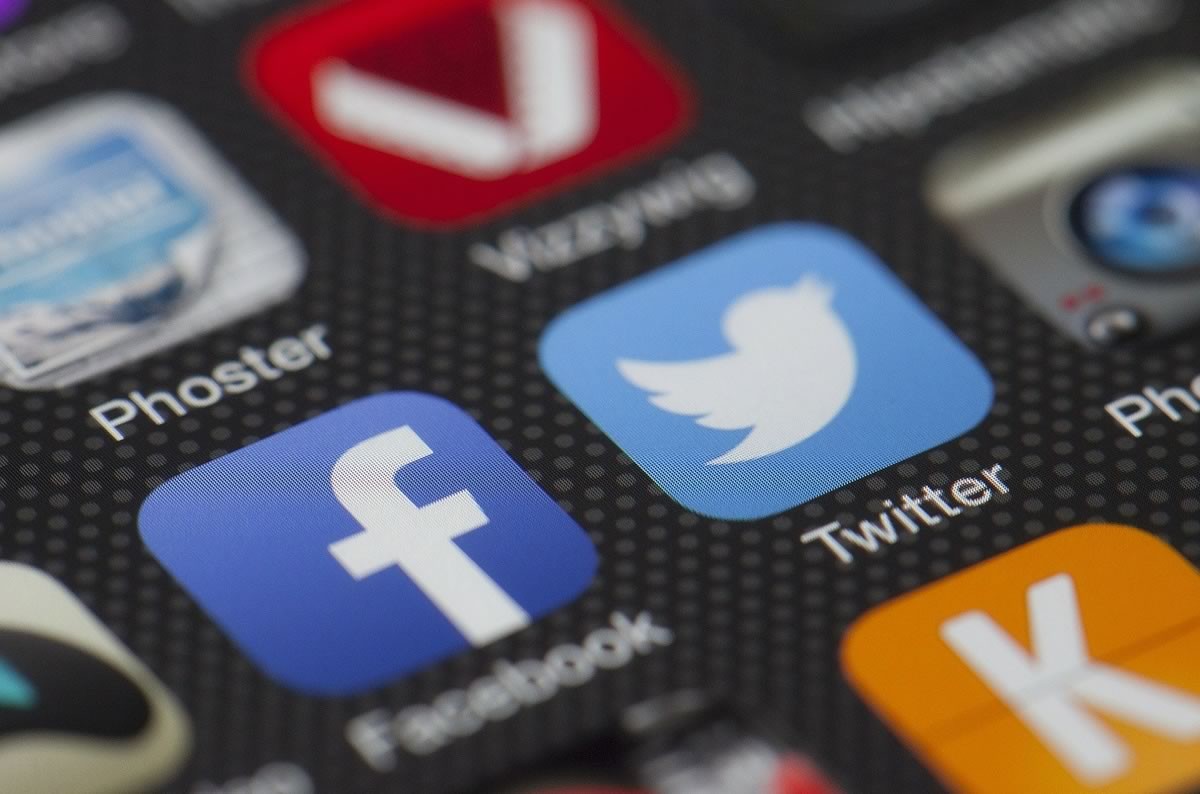Would you not like to have a few extra hours a day? Your to-do list is getting longer and the stress is increasing. Although you know that it has long-term benefits, it currently feels like a fairly low priority. Nobody will notice if you have not sent a Tweet or message today, right? But what if there was a way to have an even greater impact on social media than you have now, and in less time? Social media automation allows you to do this. Below are 3 goals that can be achieved with social media automation.
1. Consistent content
Consistency is the key to building a strong follow-up to social media. Companies often create accounts on social media platforms such as Facebook or Twitter, but have difficulty achieving consistency. A survey of 900 social media users has shown that consistency is one of the most important factors that determines whether people continue to follow a brand or company. Companies that do time-consuming work or do not have sufficient manpower or money to assign a dedicated social media management team tend to drop the social media radar. As a result, they reap little or no benefits from marketing on social media. Social media automation offers the solution to this problem.
With tools such as SSMA (Sofco social media automation) you can discover new, popular content that you can share with your audience. With SSMA you can also schedule messages so that your social accounts remain active even when you are offline.
2. Control over your strategy
Automation tools give you more control over your social accounts and help you post more content. Depending on which tool you choose to use, you can determine what type of content is shared, what time it is posted, and how often you post. In addition, you can check the level of involvement you receive and adjust your strategy to get more likes, shares or retweets. As social media automation tools help you understand the nature and size of readers (or viewers), you can also share content more effectively. More importantly, automation helps you deal with volume - it allows you to post more content to multiple accounts, more often, with more ease.
3. Get time back
The biggest incentive for using social media automation is the amount of time you need to free yourself. Instead of trying to find hours of content that might be shared and giving your website a few visitors, you use tools to identify trending topics and discover relevant content. If you use a central dashboard to pre-schedule content, you do not have to log on to each account separately and post the content manually.
But saving time does not mean that you do not have to spend any time on your social media accounts. That would only be counterproductive. Although you can automate some of the tasks associated with social media management, you still need to maintain a tab for all of your accounts and respond to comments and listings. Remember that one of the goals of using social media marketing is to better relate your brand. This can only be achieved by communicating with your audience.
3 tips for using social media automation
1. Keep the schedule flexible
Make sure you always leave room for timely updates when planning messages in advance. There may be an announcement about your company that you would like to make, or perhaps a piece of important news or viral content that you want to share with your audience. Whatever the case, know that it is good to place ad-hoc messages on top of your automated schedule. Be careful not to do it too often, because that would defeat the purpose of scheduling messages in the first place.
2. Ensure proper planning
If you want to increase the involvement of your social accounts, it is important to first understand when your target audience is most active. Placing content in this time window increases the chance that it will be seen and shared. One of the things to consider in this regard is the demographic information of your audience. This is particularly relevant if your target group is in different time zones. Although the timing of your posts requires a trial and error method to see which schedule works best with your audience, here are few insights into viewing behavior on Facebook and Twitter. Involvement on Facebook is at its peak on Thursday and Friday. To see an increase in the number of times a message is shared, it is best to schedule at 1 p.m. While tweets from B2B companies show more involvement between Monday and Friday, B2C companies see more involvement on Wednesday, Saturday and Sunday.
3. Use analytics
Once you have successfully established a presence on your chosen social media platforms, it's time to measure how your accounts are performing. You are getting closer to the goal that you have in mind for your company
These are the most important points in this article
Social media automation is a good idea, especially for companies with multiple accounts. With automation you achieve consistency in your efforts for marketing on social media. It gives you more control over the content that you share and how you share it. It helps you save time, which you can then use to grow your business. Posting content when your audience is online increases the chance that it will be viewed and shared.


